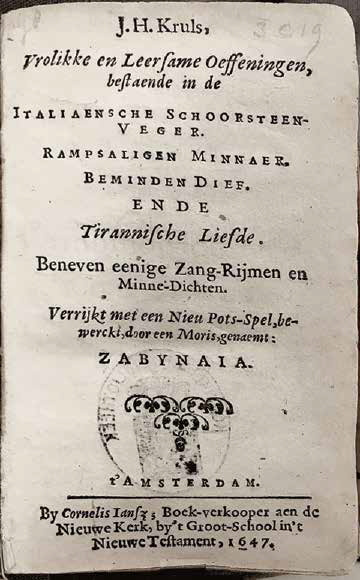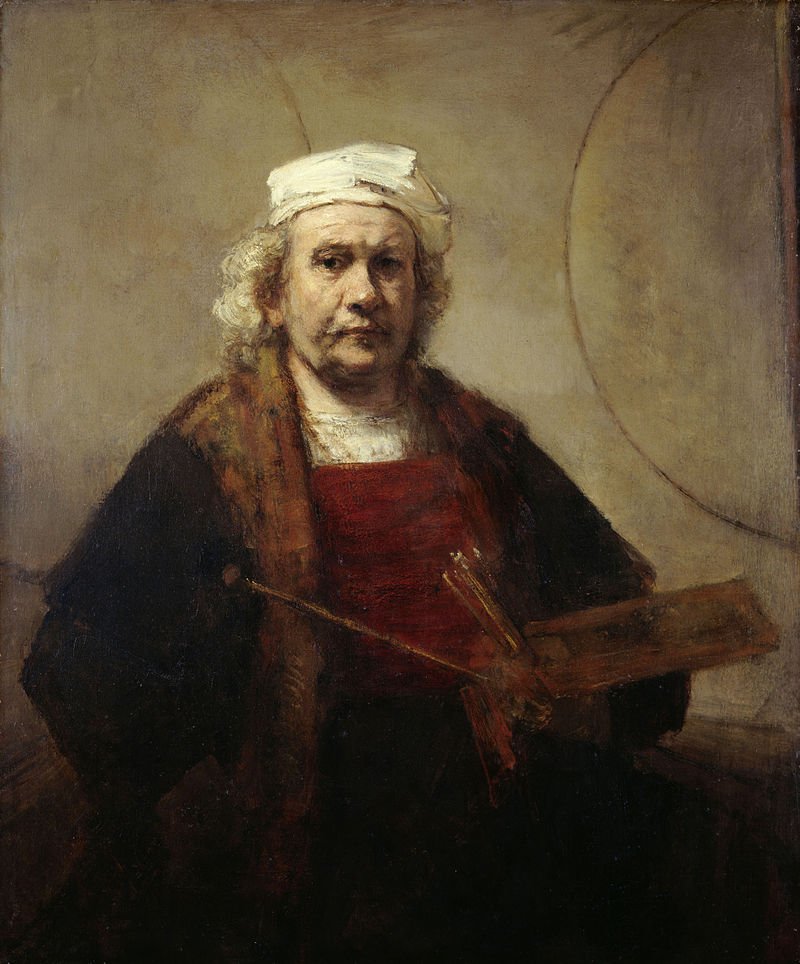On 2 March 1648, the première performance of the theater play Zabynaja took place in the Stadsschouwburg (City Theatre) on the Amsterdamse Keizersgracht. A #thread. #blackamsterdam #migrantcity #theatre #amsterdam #blackinrembrandtstime
Zabynaja is a black woman, referred to in the play as both a & #39;moris& #39; and a & #39;swartin& #39;. She is enslaved by a the Portuguese nobleman called Claudio. The play was translated from Spanish by the alderman Gerard Pietersz Schaep and adapted by the author Jan Zoet.
Spanish theatre was very popular in Amsterdam. Gerard Schaep made the striking choice not only to translate the names, but also to move the place of the action from Spain to Amsterdam, more specifically to the island of Vlooienburg, near Jodenbreestraat.
That was surely no coincidence, as Vlooienburg was home to many Spanish and Portuguese Jews, some of whom had black servants in their households. Apparently, this was a recognizable image to Amsterdam theatre public in the mid-seventeenth century.
The play also refers to #Rembrandt, who lived in the same area. Two men – Claudio and Pedro de Burgos – are trying to seduce Dorothea, who is married to Bonifacio. But neither one has yet succeeded. When Zabynaja sees what her ‘master’ is up to, she devises a trick.
Dorothea is a buyer of gold and silver thread. Using money from Claudio, Zabynaja pretends that she has been sent by a Spanish noblewoman and that she is an artist who embroiders with such skill that she (...)
(...)‘overshadows the paintings of Rembrandt himself with her needle, which serves as a brush with which she paints in gold. The lady [Dorothea] is thereby so ‘inflamed’ that she would like an opportunity to speak to her about art’.
The trick works; Zabynaja persuades Dorothea to come first to a party at Claudio’s house and then, with sweet wine and flattering words, to Claudio’s bedchamber – where the two of them are caught and arrested on the charge of adultery.
Zabynaja is ultimately able to buy Dorothea’s freedom with Claudio’s money, and Claudio is released because he is unmarried.
The theatre’s accounts show that the play was performed only three times, on 2, 5, and 9 March 1648. The role of Zabynaja was probably played by a woman in the theatre’s regular, all-white ensemble.
But the accounts show that not only white people performed in the city theatre that year; On 30 July 1648, five guilders was paid to a black woman singer: ‘to a Moorish girl for singing 20 times’. #migrantcity #theatre

 Read on Twitter
Read on Twitter







